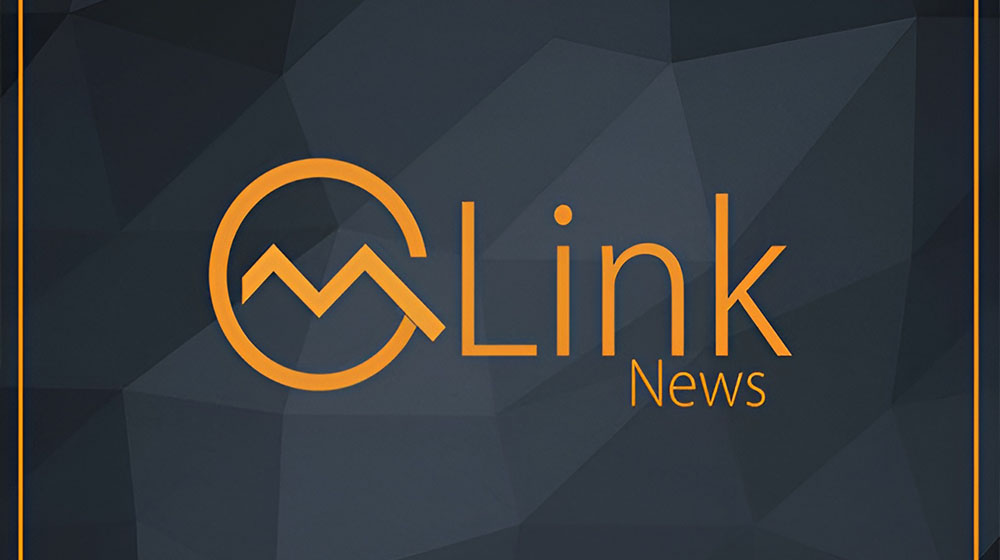pbif News
| Name | Price/Vol | %Chg/NChg |
|---|---|---|
| KSE100 | 184,409.67 393.48M | -0.61% -1133.34 |
| ALLSHR | 110,382.58 1,026.61M | -0.45% -501.36 |
| KSE30 | 56,593.88 158.22M | -0.71% -404.12 |
| KMI30 | 259,208.41 213.19M | -0.87% -2263.77 |
| KMIALLSHR | 70,710.78 493.25M | -0.60% -427.51 |
| BKTi | 53,774.72 51.55M | -0.55% -299.43 |
| OGTi | 36,045.04 14.71M | -0.59% -214.34 |
| Symbol | Bid/Ask | High/Low |
|---|
| Name | Last | High/Low | Chg/%Chg |
|---|---|---|---|
| BITCOIN FUTURES | 90,645.00 | 92,275.00 89,825.00 | -460.00 -0.50% |
| BRENT CRUDE | 63.02 | 63.92 61.83 | 1.03 1.66% |
| RICHARDS BAY COAL MONTHLY | 86.75 | 0.00 0.00 | -1.25 -1.42% |
| ROTTERDAM COAL MONTHLY | 95.30 | 98.65 95.30 | -2.90 -2.95% |
| USD RBD PALM OLEIN | 1,027.50 | 1,027.50 1,027.50 | 0.00 0.00% |
| CRUDE OIL - WTI | 58.78 | 59.77 57.61 | 1.02 1.77% |
| SUGAR #11 WORLD | 14.89 | 14.99 14.78 | -0.08 -0.53% |
Latest News
Pakistan Stock Movers
| Name | Last | Chg/%Chg |
|---|
| Name | Last | Chg/%Chg |
|---|

